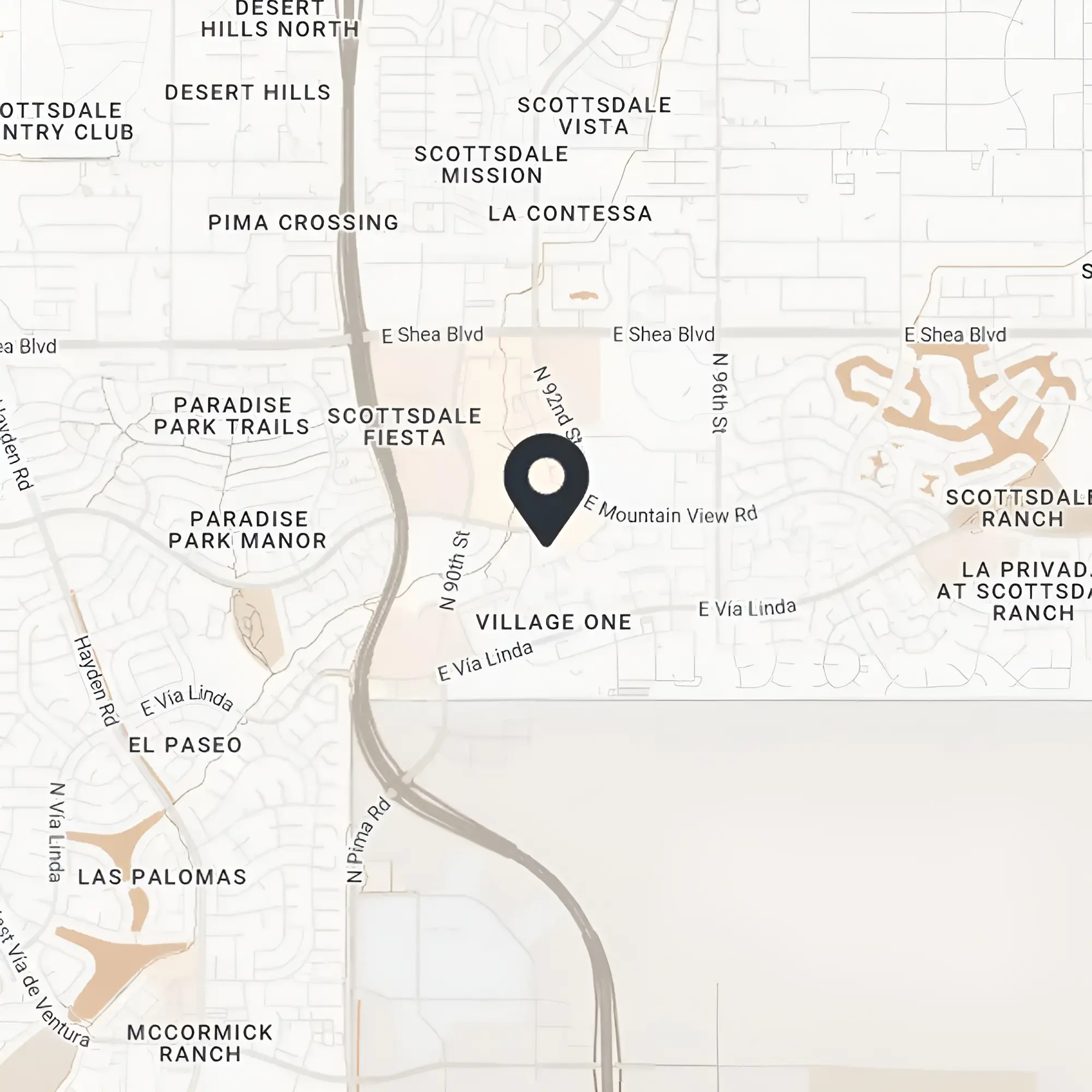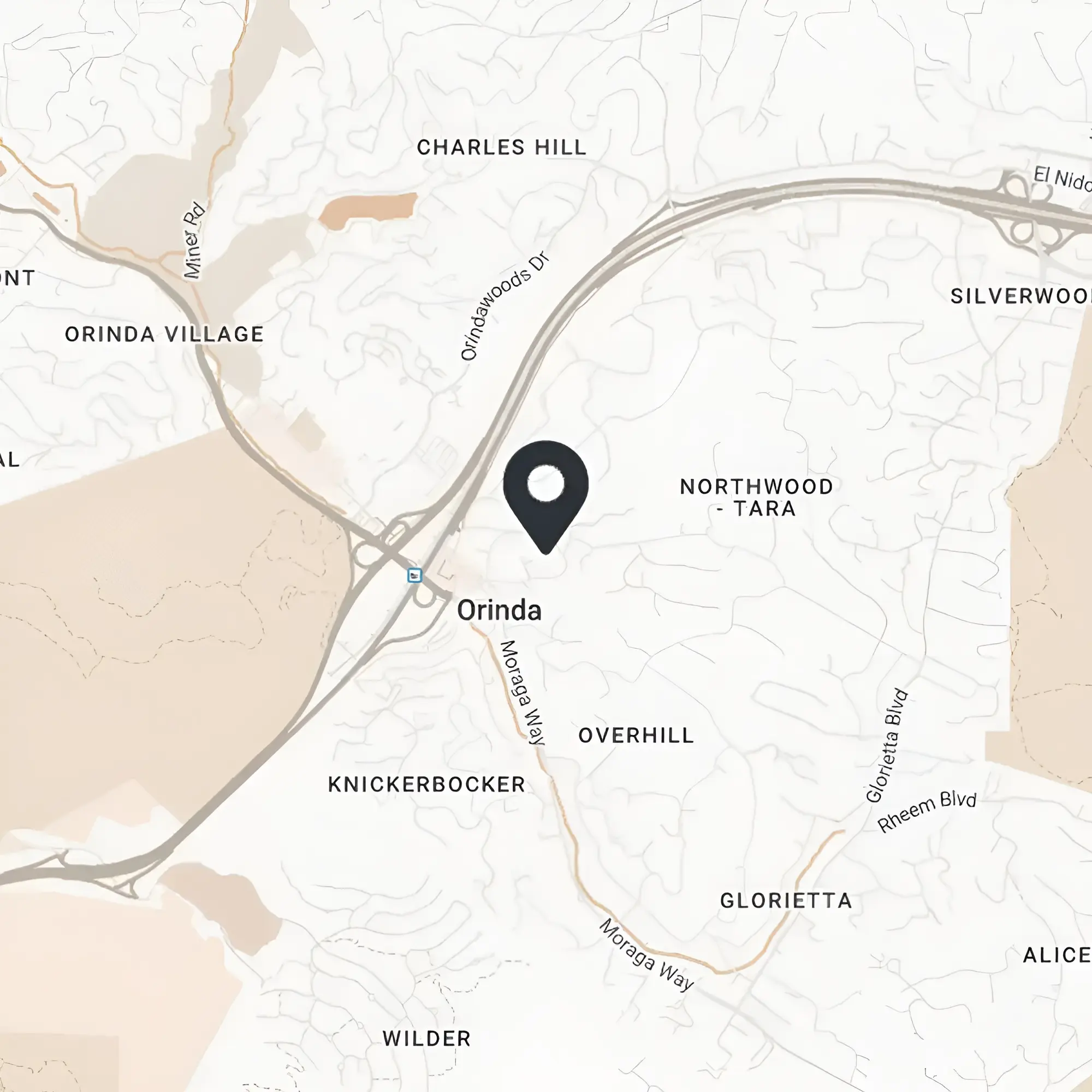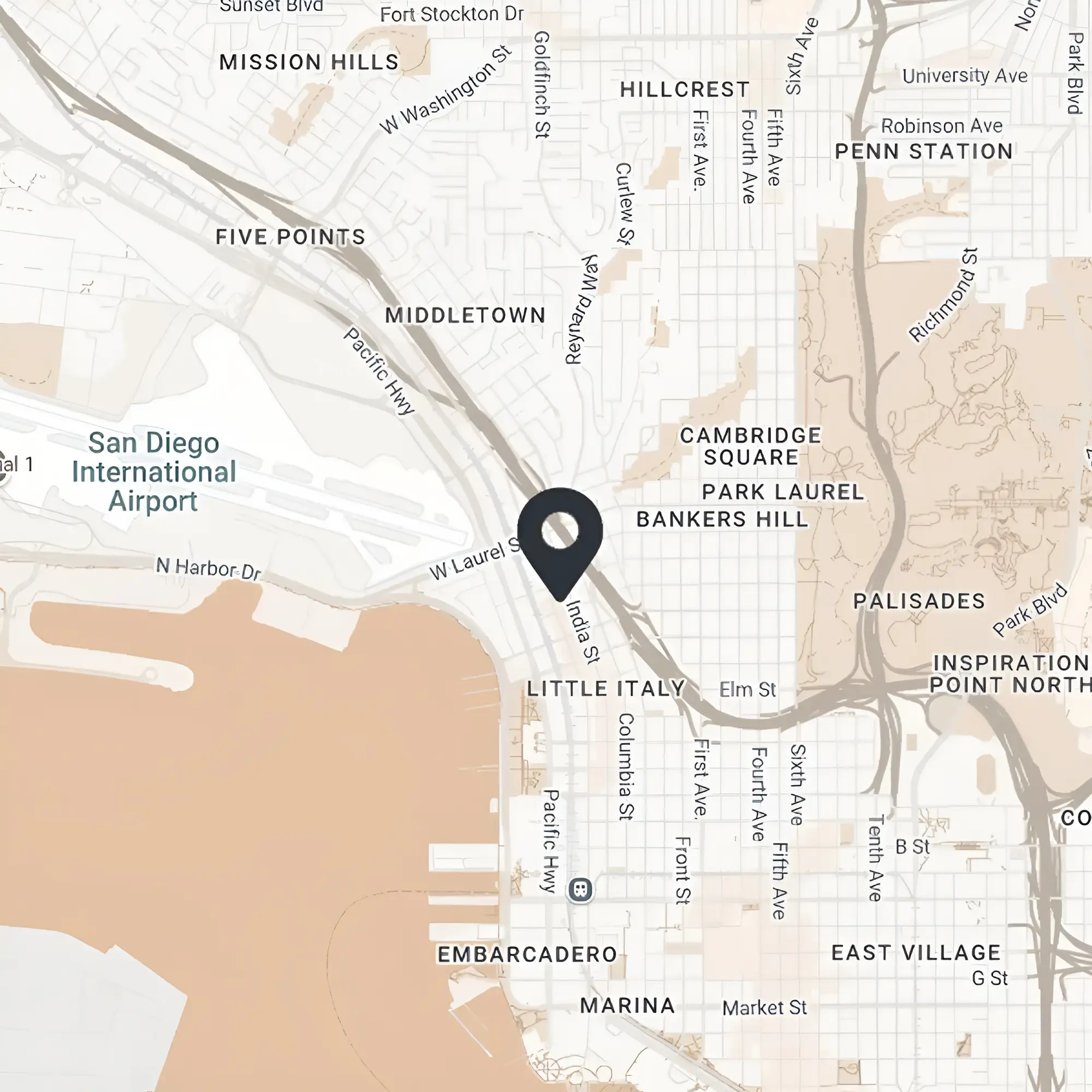Introduction to Revision Rhinoplasty
When patients don’t get the outcome they wanted from their rhinoplasty, it can be an incredibly difficult situation. The nose is a central feature of the face, and it can make a dramatic difference in overall facial beauty. Additionally, the nose needs to function well, and nasal obstruction from previous nasal surgery can have a significant negative impact on a patient’s quality of life.
Accessing Updated Information on Rhinoplasty
There is a lot of information on rhinoplasty and revision rhinoplasty on the internet, and much has changed in the last several years. With a surgeon who has extensive experience in revision rhinoplasty, more options are available for patients than were traditionally taught.
I see consultations every day for revision rhinoplasty from all over the country. Many patients have been told incorrect information regarding what can be done for them with revision rhinoplasty surgery. I have made this article in an effort to summarize my recommendations for revision rhinoplasty.
Why Revision Rhinoplasty is Common
Revision rhinoplasty surgery is still relatively common. In my experience, the overall rate of revision after primary rhinoplasty is much higher when the first surgery was done with a closed technique or by a surgeon who also performs a significant amount of breast and body surgery.
Surgeons who are Rhinoplasty Specialists and are specifically trained in Facial Plastic and Reconstructive Surgery have a much lower rate of revision rhinoplasty, typically less than 5%.

Timing of Revision Rhinoplasty
Revision rhinoplasty surgery is best done after waiting one year from the initial surgery. It takes a full year for most of the swelling to resolve after rhinoplasty. In special circumstances, small revisions or “touch-ups” can be done after six months from the initial surgery.
Advancements in Rhinoplasty Techniques
Over the last several years, rhinoplasty techniques have changed. Previously, surgery was done using a technique called Reductive Rhinoplasty. This approach involved removing a significant amount of cartilage and bone from the nose, which led to patterns of nasal deformity that I see commonly today.
Recent advances in the field have led to more cartilage being added to the nose through techniques known as Structural and Preservation Rhinoplasty. These are the types of rhinoplasty and revision rhinoplasty surgeries I perform. Grafts are made from cartilage taken from a part of the nose called the septum, or in cases where that cartilage has been removed, from donor rib cartilage. These grafts are used to build the nose into a beautiful shape while removing very little nasal cartilage and bone, if any at all.
Common Deformities Corrected in Revision Rhinoplasty
I have provided some examples of nasal deformities caused by previous Reductive Rhinoplasty and the after-photos following my revision Structural Rhinoplasty.
Alar Retraction (Image 1)
Alar retraction occurs when the side of the nose pulls up, leading to excessive columella show, nasal obstruction, and an overall unattractive appearance of the nasal tip. I repair this with my signature tip support technique and nasal grafts called articulated rim grafts.
Ptotic or Droopy Nasal Tip (Image 2)
This is one of the most common complaints I hear from patients seeking revision rhinoplasty. Often, other surgeons don’t fully support the nasal tip, and over time, the tip will fall, leading to an unattractive appearance. I correct this with my signature tip support technique.
Nasal Deviation or Crookedness (Image 3)
I see nasal deviation often in revision rhinoplasty patients. This is typically caused by not fully addressing the nasal septum during the initial operation. This can lead to an unnatural appearance and significant nasal obstruction.
Over-Resection Leading to Saddle Nose Deformity (Image)
Over-resection of the nose can result in an irregular dorsal profile or saddle nose deformity. Some patients develop this after previously undergoing a non-cosmetic procedure called septoplasty. They are often surprised that their nose changed shape afterward and looks unnatural. I correct this by rebuilding the nose, often using donor rib cartilage.





